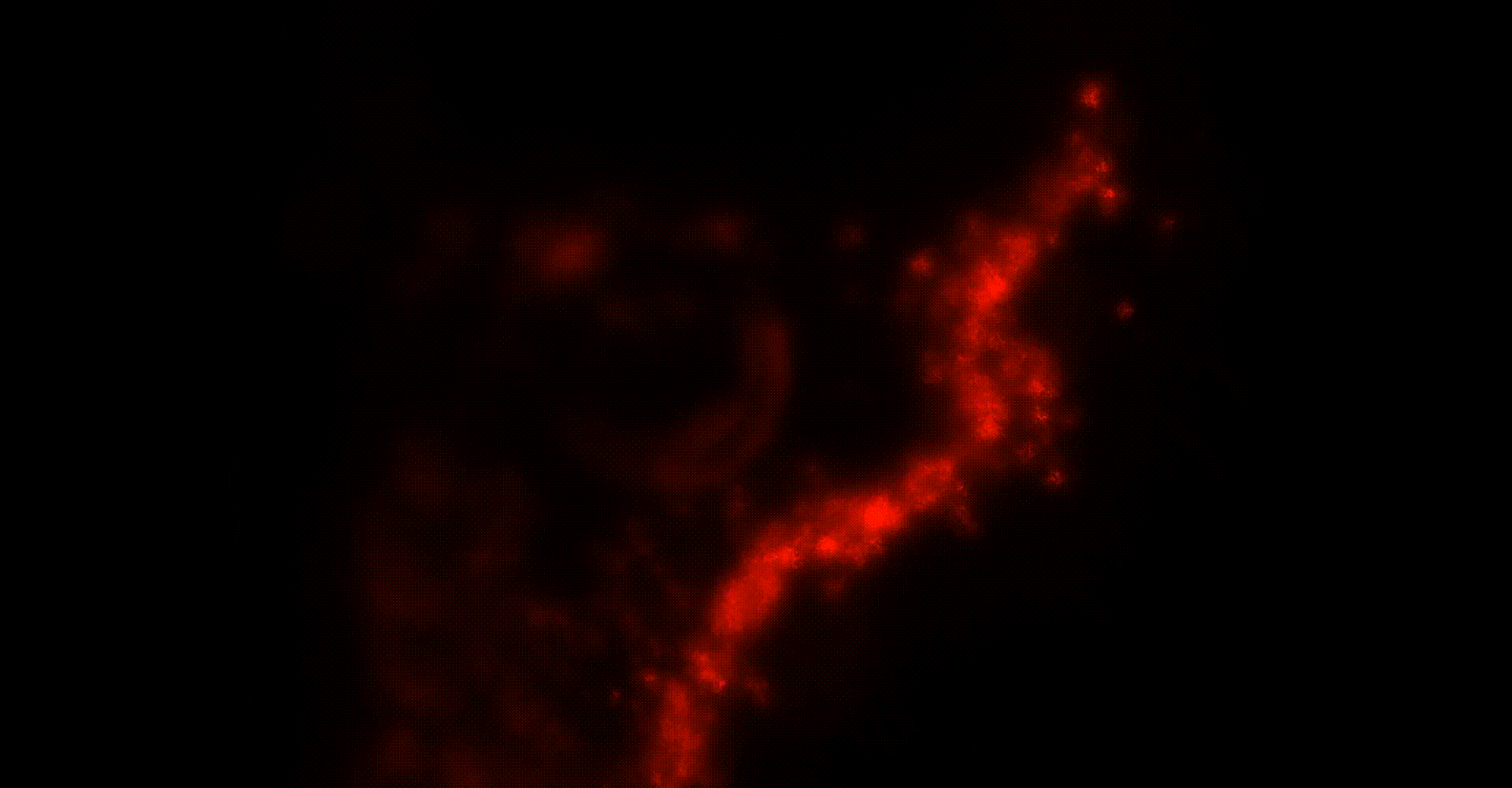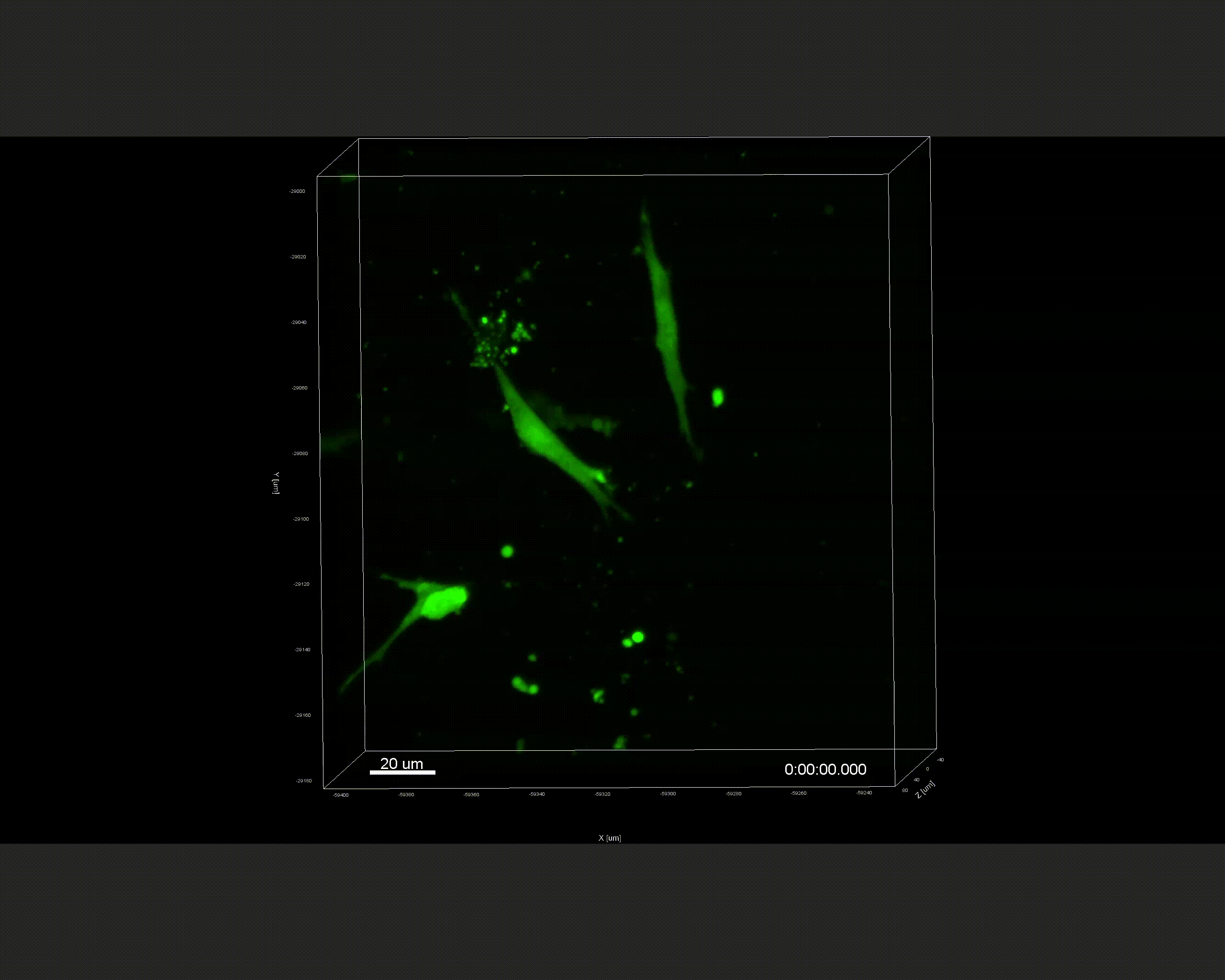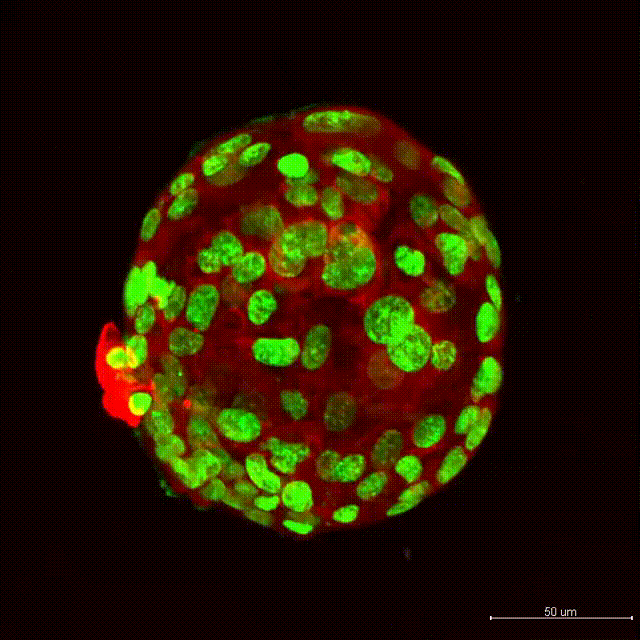Bioinspiration
&
Biofabrication
3D/4D BIO-ASSEMBLY
The strategy to fabricate the tissue-like constructs inspired by native structure is called bio-assembly. The main challenge is the fabrication of adequate blood circulation system and nervous system and even the immune system. We focus on developing 3D/4D printing methodologies and the maintaining systems to mimic human physiology dynamically.


CELL MOVEMENT IN 3D
Stem cells developing into complex multicellular tissues in 3D require cell-cell communication and cell fate specification, which is regulated by the chemical and physical signals surrounded in the extracellular matrix (ECM). We focus on the 3D environment design through developing controllable dynamic hydrogel to induce the precise spatial position and differentiation of stem cells.
DYNAMIC
BIO-INTERFACE
The interface exists between two bodies or phases. There are bio-interfaces forming boundaries between two types of biomaterials, cell-cell or cell-biomaterials. We focus on the dynamic assembly of bio-interface which control individual and collective cell movement.


MULTI-BIOMATERIALS
How to combine various types of bioinks with meeting the requirements for the fabrication of complicated tissues is a major challenge. We focus on developing one material providing a desirable environment for more than one cell type and multi-materials combining to print different cell types.
Artificial Tissues
How to regenerate biomimetic and biofunctional tissues in large-scale has always been been pivotal yet challenging to scientists. We are engineering multiple tissues (muscle, skin, blood vessel, etc.) by using advanced fabricating approaches and biomaterials. On the other, we are also dedicating in translational biomedical applications by developing novel engineering approaches, such as electrospinning, 3D printing, etc.
